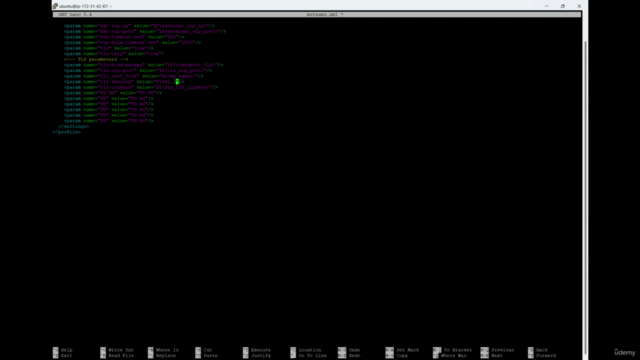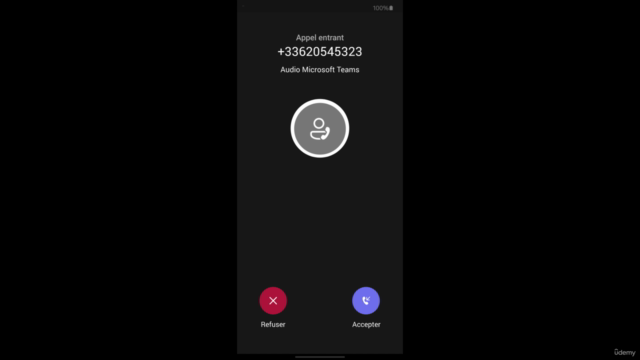Microsoft Teams Direct Routing

Why take this course?
🎓 Microsoft Teams & Freeswitch: Mastering Direct Routing
Course Headline:
Understanding all phases, prerequisites, and configurations for Microsoft Teams direct routing with a Freeswitch SBC
Course Description:
🎉 Welcome to the Lab! 🎉
This hands-on lab is exclusively designed for practitioners who aim to master the implementation of Microsoft Teams direct routing. If you're looking to seamlessly integrate your telecom VoIP infrastructure with Microsoft Teams, this is the perfect course for you.
🤖 What You'll Learn:
- The fundamentals of Microsoft Teams Direct Routing.
- A step-by-step guide through the entire process, from theoretical knowledge to practical implementation.
- A detailed walkthrough of our architecture and configurations.
- How to reproduce the configurations in your environment with confidence.
- Expert insights into setting up a Session Border Controller (SBC) with Freeswitch.
- SIP profile configuration and its critical role in direct routing.
- MS Teams admin center configurations, including pairing with your SBC.
- Interconnection with an Internet Telephony Service Provider (ITSP).
- Crafting a comprehensive dialplan for handling both incoming and outgoing calls.
- Setting up a PBX system that integrates flawlessly with Microsoft Teams.
📚 Course Content Breakdown:
PHASE 0: SBC Setup and SIP Profile Configuration
- Create a SIP profile specifically for Microsoft Teams.
- Define a gateway associated with this profile.
- Set up a context relevant to the Microsoft SIP profile.
- Configure TLS parameters for enhanced security.
PHASE 1: MS Teams Admin Center Configurations
- Install and import the Teams module in your PowerShell environment.
- Log in to the Microsoft corporate account with your credentials.
- Pair your SBC with Microsoft Teams and verify the connection.
- Enable users for direct routing within Teams.
- Set the
EnterpriseVoiceEnabledparameter to true. - Assign a phone number to each Teams user.
PHASE 2: Interconnection with ITSP
- Establish a SIP profile for your provider's gateway.
- Define a gateway and context for the provider's profile.
- Optionally, set up TLS parameters for additional security.
PHASE 3: DIALPLAN Configuration
- Develop a dialplan to manage both incoming and outgoing calls efficiently.
- Integrate regular expressions (regexp) to match Teams and public numbers.
- Define PSTN usage in Teams.
- Create voice routes and strategies for seamless operation.
- Assign permissions to Teams users as needed.
PHASE 4: PBX Setup
- Initialize a PBX system with two users registered.
- Establish an SBC trunk with your PBX.
- Create a SIP profile for the PBX on your SBC.
- Define a context and gateway for this profile.
PHASE 5: DIALPLAN Fine-Tuning
- Modify the dialplan to handle Teams calls within your PBX.
- Update the SBC dialplan for optimal call handling.
PHASE 6: Testing and Validation
- Perform various call scenarios: from MS Teams to the public network, from the public network to MS Teams, between PBX and MS Teams, and vice versa.
By the end of this lab, you will have a complete understanding and practical experience in implementing Microsoft Teams direct routing. You'll be equipped with the knowledge and tools necessary to configure and manage your own direct routing solution.
📫 Exclusive Offer: Upon enrollment, we'll provide you with our configurations files to kickstart your implementation.
Don't miss this opportunity to elevate your Unified Communications environment with Microsoft Teams Direct Routing! 🚀
Enroll Now and Embark on Your Journey to Mastering Microsoft Teams Direct Routing with Freeswitch SBC.
Sign up today and transform the way you connect with the world! 🌐✨
Course Gallery




Loading charts...